 While the assassination of US President John F Kennedy took place in Dallas, Texas, in the afternoon on Friday 22 November 1963, the time difference meant that Australians woke up to the news on the Saturday morning.
While the assassination of US President John F Kennedy took place in Dallas, Texas, in the afternoon on Friday 22 November 1963, the time difference meant that Australians woke up to the news on the Saturday morning.
Australian TV was only seven years old at the time and never before had it needed to pull together coverage of such a shattering event from the other side of the planet, and without the satellite communication that we now take for granted.
In Melbourne GTV9 normally started its Saturday morning schedule at 7.30am. The channel opened the day with a news flash including early “radio pictures” received by the newspapers.
ABV2 also started its program day with a special news bulletin including library film and radio pictures. HSV7 went to air around lunchtime with a 15-minute news bulletin and included news updates and obituary films during the afternoon.
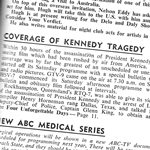 But it was regional station RTQ7 in Rockhampton, Queensland, that scored a coup when news producer Henry Horneman made a phone call to Dallas and broadcast a 12-minute conversation with the Deputy Chief of Police, Captain Glenn King, to obtain an on-the-spot account of the event.
But it was regional station RTQ7 in Rockhampton, Queensland, that scored a coup when news producer Henry Horneman made a phone call to Dallas and broadcast a 12-minute conversation with the Deputy Chief of Police, Captain Glenn King, to obtain an on-the-spot account of the event.
Normally it would take several days for film of overseas news to reach Australia, but the gravity of the event saw film of the assassination rushed to Australia for broadcast within 30 hours.
TV Times critic John Pacini (pictured) described the Australian coverage over the weekend as “television at its greatest”:
“No people in the world except those close to the scene in grief-stricken America itself could have expected a more comprehensive or speedy coverage of President Kennedy’s assassination than the Melbourne TV channels provided. ”
“Within a few short hours we were witnessing half-hour programs of carefully edited newsreel films of the late President’s life, flashed stills of the site of the catastrophe and even the arrest of the suspected murderer. And we were listening to some of the best written and narrated commentaries I have ever heard in seven years of television viewing.”
“We saw the magic of the most modern communications media in our lifetime exploited in the hands of deft news technicians. In less time than it’s worth counting and in the comfort of our homes we were seeing the first prints of the history books of tomorrow.”
“It was television at its greatest… providing a real service that has never been surpassed. This, then, is a tribute — from a critic who has never pulled any punches.”
Fellow TV Times critic Frank Doherty also commended the TV stations for the coverage provided:
“Only congratulations are due to all television channels for their handling of the news of President Kennedy’s tragic death. Not before, if memory serves me, have they been required to bring to the public the details, background and ramifications of such a routine-shattering event and it is to their credit that they treated it not only with surprising efficiency but with dignity.
“To those unacquainted with the exigencies and problems of modern news-gathering the speed with which the full story was collated and presented may not have held any great significance. But it was nothing short of remarkable what we in Melbourne were watching the whole playing-out of this terrible drama not many hours after it occurred in a city in the deep south of the United States.
“That, of course, was made possible by the alacrity and thoroughness with which American television people went into action and by the speed of inter-continental aircraft.”
Source: TV Times, 4 December 1963
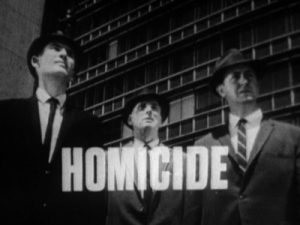
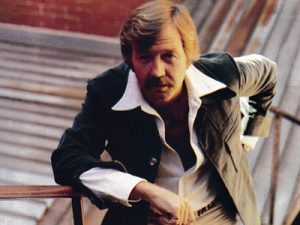
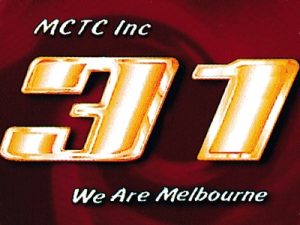
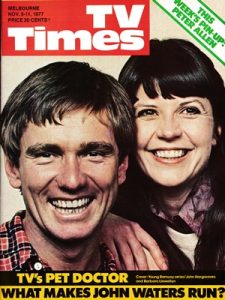
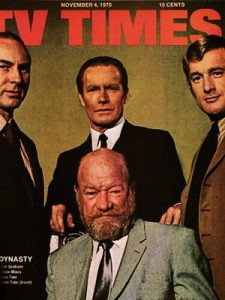
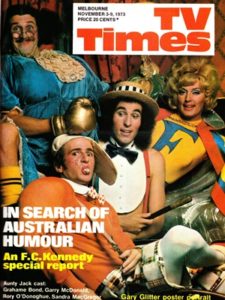
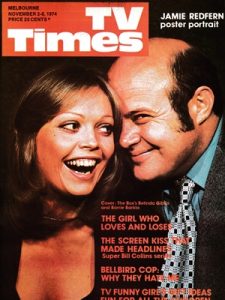
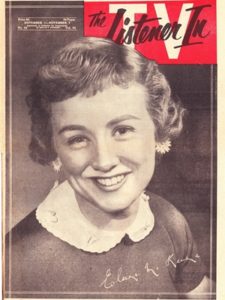
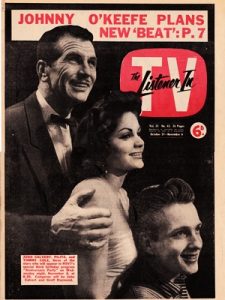
Listening to old recordings and seeing old footage has been quite fascinating. I am pleased to hear Australia did well in the coverage.
Can you please tell me does the footages of Australian television news’ coverage of JFK’s assassination in 1963 were existed?
None that I am aware of
To disagree slightly with John Pacini above … Rex Heading and Trevor Jones give a very different account from NWS-9 in Miracle on Tynte Street: the Channel Nine Story.
The film was rushed from Adelaide Airport, damp, and placed straight on to air, interrupting the Sunday movie. It was not reviewed before hand, and was revealed to be interviews with witnesses and press conferences. Already over a day old, it had little on Oswald, who was only arrested one hour and ten minutes after the assassination. By contrast the wire services had lots of biographical data and telex pictures.
And then about eight hours after that Ruby shot Oswald. Despite this happening on air (NBC carried it live, CBS rather gruesomely played it back in slow motion), it was two more days before film was flown to Australia. Again, telex pictures were immediately available and were front pages in Monday 25 November newspapers. Without satellite links there was no other method of getting vision than the “radio pictures” or flying the film in.
And no, there was no known film or tape of ongoing television news coverage of the assassination, radio coverage of the assassinations of both JFK and RFK are held by the National Film and Sound Archive. Perhaps audio recordings off TV exist in private hands.
I am Henry Horneman’s youngest child. I was 7 weeks old when this horrible evnt occurred. Sadly, Henry died aged 45 in February 1972. He was only 36 when he scooped that story. It was a great journalistic moment for him. We have a photograph of him asleep at his desk grabbing a cat nap awaiting the return of his call to Dallas. It is an image of which we are enormously proud.
Sandy Horneman-Wren
Dear Sandy, thank you for sharing your proud memories of your dad. He scored a major scoop, that’s for sure. Lovely to get your message.
great work Henry good old fashioned initative